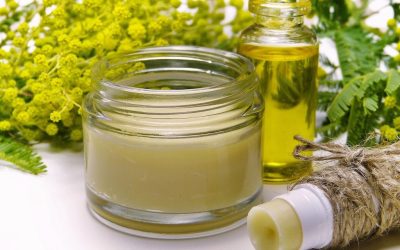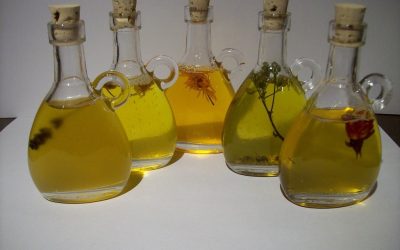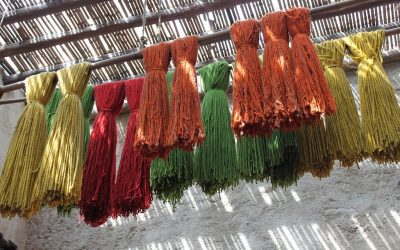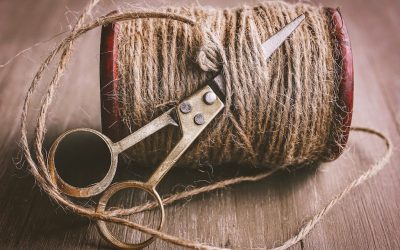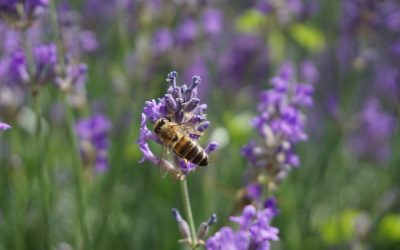Material World
Plants supply the raw materials for innumerable objects that make life on earth more comfortable for us. Trees are a primary resource for everything from building materials, to paper, tools, and firewood. Flax and other plants that are rich in long, strong fibers are fashioned into anything from rope to Jeans, to sails. Rubber was originally derived from tree latex, and without it, the industrial development of the last century would not have been possible. Plants produce oils and resins that can be made into biodegradable plastics or used in anything from varnish to dentistry.
Yet, it is precisely in this aspect of ‘raw materials’ that we least respect and appreciate the source of our gains. For all the gifts they offer, all that we are concerned with is their potential for economic exploitation. And in that, we are ruthless. We cut down rainforest in order to grow soy as cattle feed, or oil palms for biofuel, laying waste to an entire ecosystem that is home to thousands of species.
Thankfully, some voices of earth-defenders have been getting louder. We are reminded nature is a finite resource and that plants, even though they have the ability to regenerate, will only do so if managed sustainably. Their ‘goods’ must be harvested with due consideration for the plant, the ecosystem of which it is a part as well as for future generations.
This is not a particularly new insight, although the period of excessive consumerism has led us to believe otherwise. It is ludicrous that the idea of sustainable management should be considered radical or revolutionary – but it still is. Tribal societies have managed their ecosystems sustainably for eons. But the pressure to adopt exploitative systems is mounting, even as this environmental crisis is deepening.
The system approach to sustainable management recognizes the fact that the environment with all its species, has a value beyond the immediate monetary one. To maintain the ecological balance means to act as stewards and caretakers of the planet, not just for our own sake, but for the future happiness and wellbeing of our children and our children’s children AND for the sake of all those creatures with which we share our home planet – and their descendants as well. We are not the only species that has needs and wants.
We must change the way we look at the world and stop to see ourselves as separate from this web of life. Each part affects all others. And just as the value of a human being cannot simply be counted in terms of its contribution to the gross national product, nor in terms of the net value of its material components – the same is true of other species. To live sustainably on this earth (and become worthy of our species byname ‘sapiens’ – which means ‘wise one’) we have to evolve from selfish exploiters and destroyers to caretakers and guardians of Mother Earth.
Read: The story of the old tree and the carpenter
These pages provide information on useful plants from both economic botany and ethnobotany perspectives. Ethnoforestry systems, sustainable harvesting methods of economically useful plants, and information on the many plants that make our lives easier through their gifts.
© Kat Morgenstern 2019, all rights reserved.
How to Make Natural Body-Care Products?
A short introduction to how to make natural homemade cosmetics. Find out how easy it is to make body butters and bath salts at home.
Gums, Resins, Latex
Gums, resins and latex are the sticky stuff that some plants excrete when the outer ‘skin’ or bark has been injured.
Vegetable Oils-Liquid Gold
This article is about common and uncommon vegetable oils that are derived from seeds, nuts and fruit pulp including their fatty acid profile.
Natural Dyes – The Colours of Nature
The art of natural dyeing comprises a huge body of knowledge. It is a crafter’s plant knowledge that is passed on by using it.
Fiber Plants
Fiber plants have long been used for cordage, rope, carpet backing, canvass, as well as for finely woven textiles. Flax, Cotton, Hemp, Ramie, Kenaf, and coconut fibre are among the most widely used natural fibers.
What are Essential Oils?
What are essential oils? History and uses of essential oils, methods of extraction, various applications, and any potential concerns

